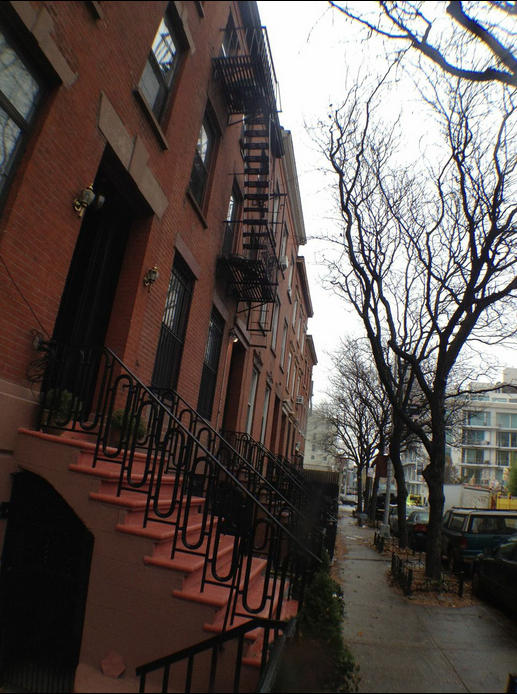OPINION: Street trees, not just for gentrifiers

Hana Schank, who wrote the semi-humorous essay about tree pits in front of houses titled “A Story About Gentrification in Brooklyn,” in the New York Times recently, should know that tree pits are neither symbols of gentrification nor as trivial as she makes them out to be.
In the essay, Schank talks about her effort to maintain a small tree in a pit outside her house. Several vine-like plants she planted there are torn out, she puts up a picket fence that is soon bashed in by a car door, and the tree pit is finally adopted by a nearby super who installs a few wooden ducks, a ceramic pig and other artificial animals. (By the way, someone should tell her that her quip, “I’m afraid I’m going to walk out there and see the baby Jesus and the three wise men next,” is probably offensive to many Catholics.)
Yes, many of her tales are amusing. But she should realize that her small tree will someday become a large, leafy one that will benefit not only her but other residents of the block. The late Eagle columnist Dennis Holt once wrote that when he moved into Boerum Hill in the early 1970s, his block didn’t contain one street tree. The area at the time was also rife with break-ins, including Dennis’ own home, and open drug dealing.

Brooklyn Boro
View MoreNew York City’s most populous borough, Brooklyn, is home to nearly 2.6 million residents. If Brooklyn were an independent city it would be the fourth largest city in the United States. While Brooklyn has become the epitome of ‘cool and hip’ in recent years, for those that were born here, raised families here and improved communities over the years, Brooklyn has never been ‘uncool’.